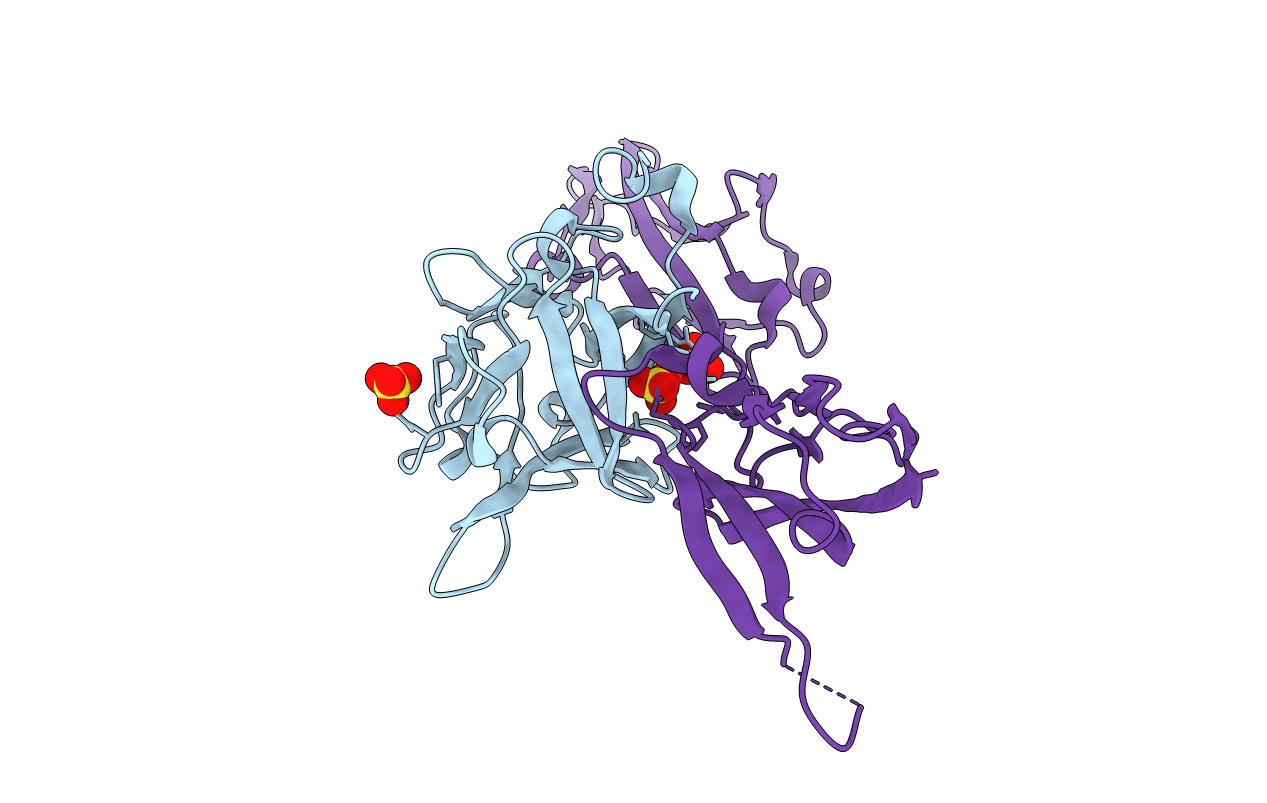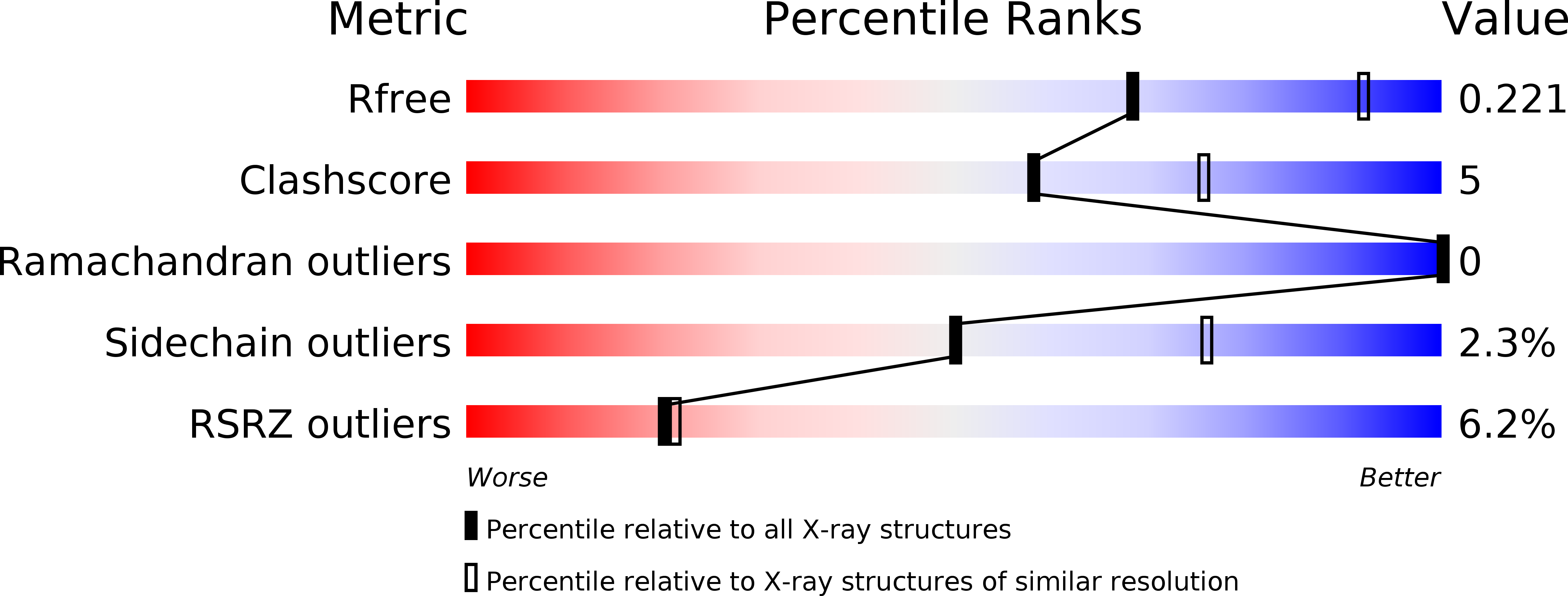
Deposition Date
2017-06-14
Release Date
2017-08-16
Last Version Date
2024-11-13
Entry Detail
PDB ID:
5W59
Keywords:
Title:
Crystal structure of a monomeric human FGF9 in complex with the ectodomain of human FGFR1c
Biological Source:
Source Organism:
Homo sapiens (Taxon ID: 9606)
Host Organism:
Method Details:
Experimental Method:
Resolution:
2.50 Å
R-Value Free:
0.22
R-Value Work:
0.17
R-Value Observed:
0.17
Space Group:
P 21 21 21


